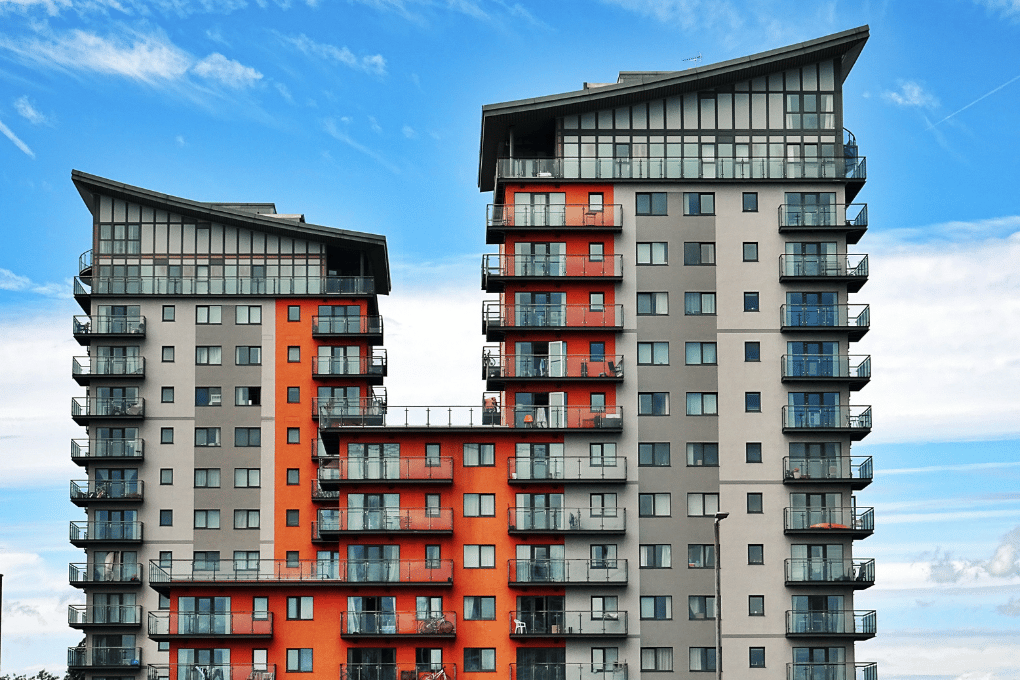
by Marc Enners | Apr 25, 2021 | Blog
Over the past 12 months there has been a deterioration of rents in the inner city unit markets across both Sydney and Melbourne. Rent values have fallen -4.9% in Sydney and -8.2% in Melbourne since March 2020. This has mainly come from the inner city regions....


